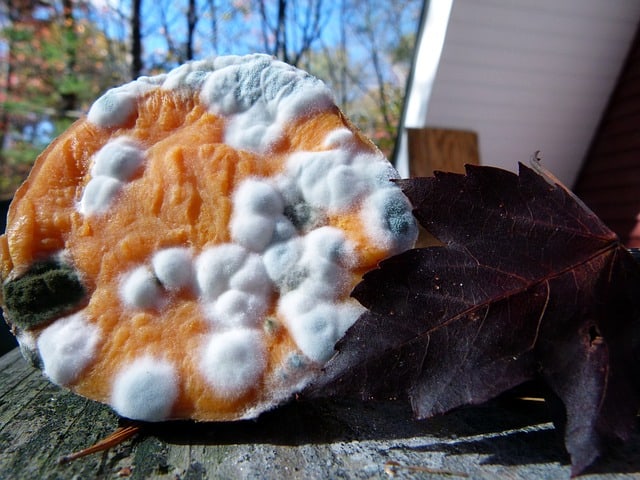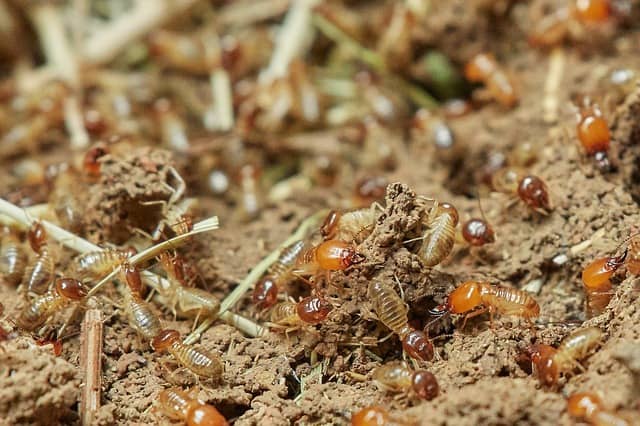How To Tell If Your Cat Has Fleas
As a pet parent, maybe sometimes you wonder how to tell if your cat has fleas.
Well, not anymore!
In this article, I am going to show you how best to tell if your cat has fleas (these size-sized bugs) so that they can start feeling their fur again!
Cats can be prone to fleas, a common pest that if left untreated could inflict furry cats and dogs with severe problems.
- Cats can get fleas from contact with other animals, picking them from the yard, or even by being in your home if you have an existing cat fleas population.
- If left untreated, these pesky insects can cause discomfort and skin problems for your feline friend!
So, what are the signs….again? Let’s get started!
[amazon bestseller=”Best Treatment for Cat Fleas” items=”2″ template=”table”]
What Are these Cat Fleas?
Cat fleas, also known as Ctenocephalides felis – parasitic insects, are a type of insect that feeds on the blood of cats as their host.
Cat fleas rarely come off the cat without being taken care of as they can die without a host.
In order to reproduce, adult cat fleas need a large amount of blood from a host like a cat or a dog. Fleas have four different stages during their life cycle:
- Eggs,
- Larva,
- Pupa, and
- Adult.
A cat flea can hatch about 2,000 eggs in her lifetime. – which rapidly increases their population.
How do I tell a Flea on your Cat?
Fleas are reddish-brown bugs that mainly live on cats – which lets them hide as they move through the host’s hair.
Cat fleas are tiny and will measure roughly 1/8-inch – they cannot fly or jump and they have no wings.
Fleas live in places like hair, between toes, and in the fur around the neck. Unfortunately, without the use of a magnifying lens or a microscope, you probably won’t be able to see these fleas on the cat.
- But cats with light-colored hair (or fur) will be easier to examine for fleas and flea bites.
Gently brush along the sides of your cat to show a specific location area of its skin.
Fleas will first appear like specks caught in your pet’s fur – or some specks of flea dirt.
The small black specks (flea dirt) on your cat can be indicative of fleas. Also, bite marks (Red spots) can also denote a flea infestation.
- Fleas are most active and will reproduce best at a temperature of 35°C & relative humidity of 70%.
Houses and pets in regions where the temperature falls below this for more than 40 hours every month won’t have much flea activity.
Details: How To Tell If Your Cat Has Fleas?
In order to produce eggs, fleas only need to take a single full-blood drink from their host – cat or dog.
Female fleas can lay as many as 30-50 eggs a day by the time they reach maturity.
Therefore, to control this massive reproduction, you must be vigilant about infestation symptoms. Below is a video describing what you should look for if you suspect your cat has fleas.
Sign 1 – Anemia and Itchy Bites
Fleas are highly irritating, and many pets have little tolerance when it comes to biting at their fur in order to relieve the itch.
- If your cat or dog is scratching itself excessively or licking its coat for a long time, it may have fleas on them.
If your cat has anemia, it may be because of flea infestation. The anemia signs in your cat include;
- Loss of energy,
- A low appetite
- Consistent loss of hair on the body
- Weakness
- Pale gums
If these signs appear, call your vet right away because fleas can carry many life-threatening organisms, such as tapeworms and ear mites.
Sign 2 – Restless Behavior
If your feline friend is excessively scratching and biting on the skin, it could be a sign of flea bites.
- Cats shake their head from side to side in distress if they feel that fleas are on their fur and you may have also noticed the cat grooming itself excessively.
If you observe your cat acting restless most of the time, it might be because they have fleas.
Sign 3 – Bite Marks ad Huge Hair Loss
If you’re noticing hairless patches of skin where there should be fur – that’s another sign that something’s been chewing away at it like a hungry rodent!
You might also notice an itchy red rash beneath the pet’s tail as well as near the groin area. It could be hard to determine whether this affects other areas so just watch your furry friend closely during grooming sessions.
- Examine your cat’s ears for signs of dirt, blood, redness, or scratching. These can all be signs of fleas.
If your cat’s skin is red and bumpy, particularly on the base of their tail, the groin, or belly, they may have fleas – especially with excessive scratching.
Some cat owners may notice hair loss on the hindquarters, in addition to black patches of skin and scabs.
The first thing to do is buy a flea comb: you’ll want a densely jointed comb with closely set teeth, which are designed to pick out even the small insects.
- One tactic that can help with spotting fleas in cats is to put a white towel or paper near the animal and comb through his fur.
- Also, keep a bowl of soapy water handy as you comb your cat to douse any live fleas that might be picked up.
Sign 4 – Excessive Grooming
Cats are for the most part independent and can take care of themselves; they need to look stylish, and because it makes them feel good too.
The grooming process involves licking, scratching, and even biting – these are necessary and fulfilling. But fleas will bite the cat and cause agitation, which in turn leads to excessive grooming.
Also, if the cats keep moving around the house and are particularly aggressive with their humans or other animals in the home; preferring to be alone.
These small, dark-brown, jumping creatures are very common during the spring and summer seasons. These dirt bugs may be your cat’s worst enemy!
If you notice any of these symptoms, it’s best that you schedule a veterinary appointment for remedies, especially if your cat is scratching excessively.
- And remember – cats can carry flea eggs on their fur so keep an eye out as well! If left untreated; they could pass them onto other animals (or humans) in the home too.
- Some solutions include topical ointments like Hartz® Kitten Guard®, Frontline Plus®, Advantage Multi™ or Advant
Sign 5 – Flea Dirt or Flea Droppings
Flea dirt, which is made up of digested blood from the animal’s last meal, can be differentiated from fleas or dirt by sprinkling it with water while it is lying on the white paper towel.
- If the dirt turns reddish-brown or red when wet, it could be because the flea has passed digested blood out and deposited it on the cat.
Flea dropping (flea dirt) are black grains of feces, sometimes with a brownish tint, you’ll find in your bedroom or the pet’s bedding.
- Signs of flea dirt on the cat’s fur can be visible with a black light. The small particles show up as white or yellowish-white spots against dark areas, such as near the tail and between the toes.
Sign 6 – Environmental Cues
Next, look in the places where he or she spends a lot of time such as beds, couches, and carpets. You’re checking for black specks (flea dirt) and fleas too.
Check the areas where your cat likes to sleep, such as on top of the refrigerator, kitchen cabinets, and window sills.
- Also, you can wear white socks and now walk all over the house – especially places that your cat frequents.
- Fleas and/or flea dirt will most likely be picked up (if present) on a white sock.
You can also use some “light traps” to detect fleas in the home. Use a dawn soap solution in a bow and a light nearby to attract and drown the fleas.
In Conclusion:
If your cat is scratching more than usual but you’ve treated them for fleas, it’s time to chat with your vet.
Once you’ve found the fleas in your house, it’s time to get rid of them.
- There are many products available that will kill adult and larval stages, including insecticides (sprays or powders), oral medications for cats, sprays that work on carpets/upholstery only, and a fogger type spray.
Before using any of these treatments be sure to read instructions carefully.
Be safe!







